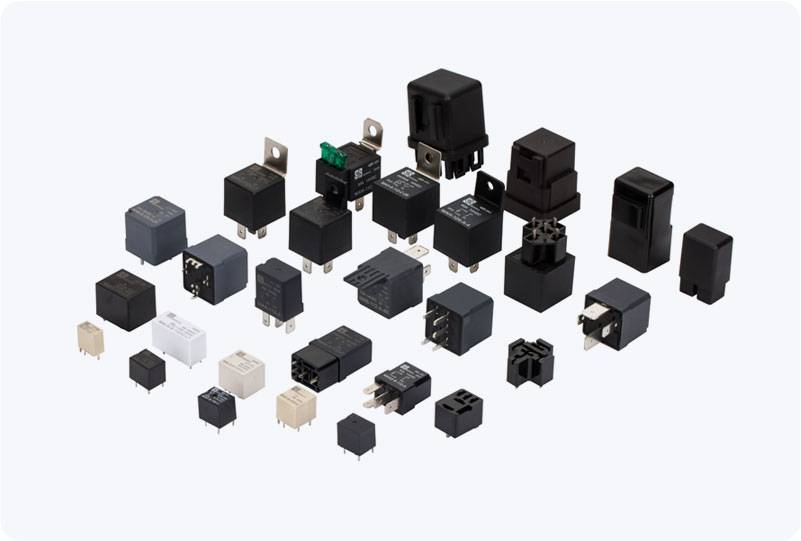Programmable Logic Controllers (PLCs) and control relays are two fundamental components in industrial automation systems. These devices play a crucial role in controlling and managing the functioning of various machines and processes in a factory or plant. While PLCs handle the intelligence and decision-making processes, control relays execute the actual on-off switching of electrical devices. Together, they form the backbone of modern industrial control systems.

What is a PLC? A PLC, or Programmable Logic Controller, is a digital computer designed for automating electromechanical processes, such as controlling machinery on factory assembly lines or regulating heating, ventilation, and air conditioning systems (HVAC). PLCs are programmed to follow specific instructions, enabling them to perform complex operations like logic calculations, data handling, and timing operations. PLCs are particularly useful in environments where traditional relay-based control systems would be too complex or inflexible. Unlike traditional relay systems, PLCs can be easily reprogrammed to adapt to changing operational requirements. Additionally, they can process a vast amount of data and integrate with sensors, actuators, and other devices in an industrial setting. Their reliability and versatility make them the go-to choice for industries ranging from automotive manufacturing to food processing.